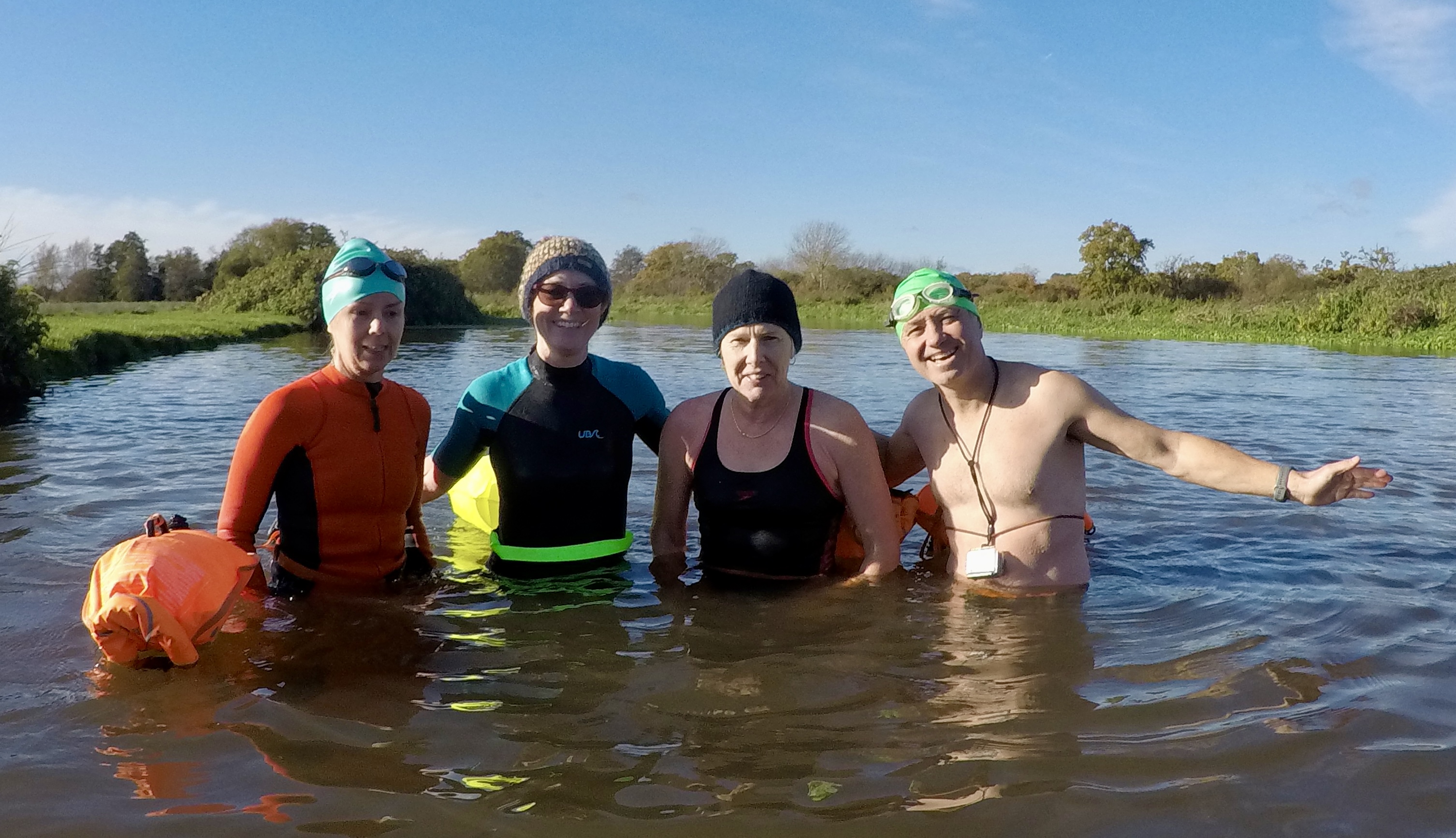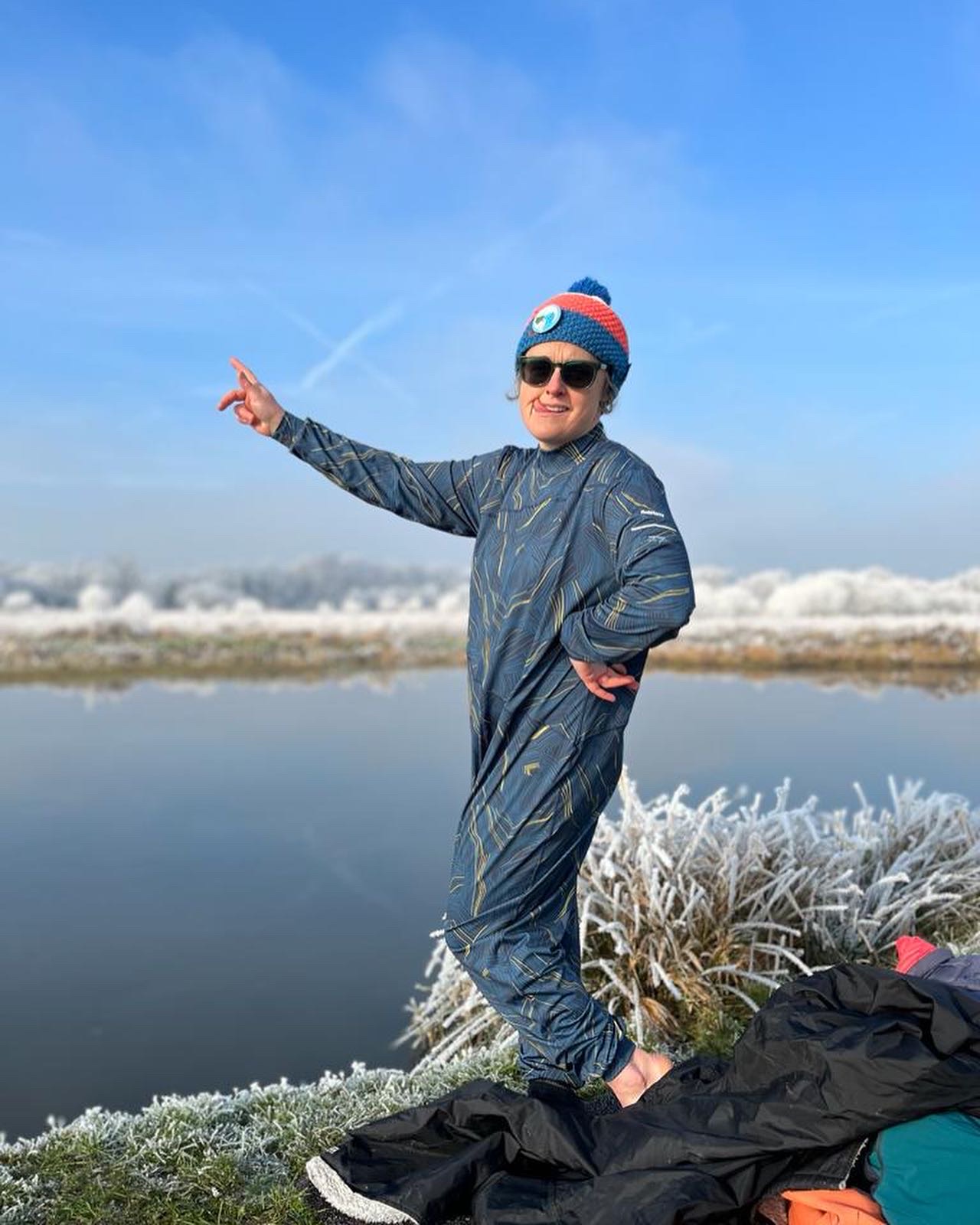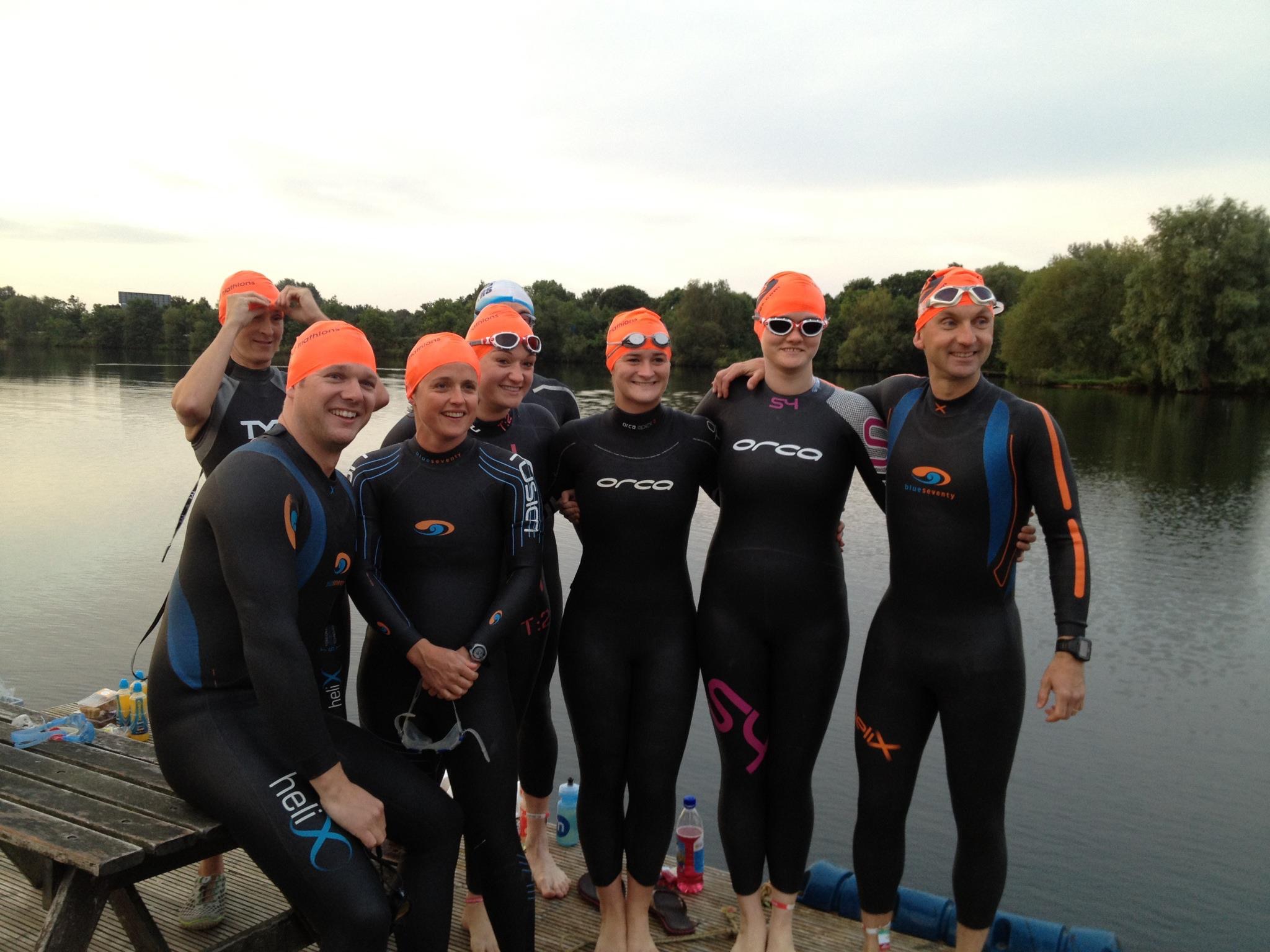What to wear wild swimming
It seems that everywhere you turn, people are stripping off and getting into cold water. And the more popular it becomes, so it seems a set of do’s and don’t’s have taken hold. This can be helpful but it can also make people believe they can’t participate unless they do it a certain way, wear certain things and so on.
Whilst it may be tempting to rush out and buy loads of kit, pause a moment. The truth is there are no fast and hard rules when it comes to what to wear for your wild swimming adventures. The most important thing is that it lets you enjoy the water the way you want to.
What you could wear depends on…. YOU
- What you are comfortable in
- What you feel safe in and is suitable for getting wet. Long flowy material can get very heavy when wet.
- What season you are taking the plunge in.
- How you feel about your body
- How you feel temperature. Some people get cold hands or feet, others don’t.
- Where you are swimming. A rocky beach may make swim shoes helpful
- What kind of swimming you are going to do. Training for an event v dipping
- Your experience of cold water swimming
For some people nothing less than full body neoprene head to toe outfit in July will do whilst others are at their happiest in their birthday suits in the middle of January. It is worth taking the time to discover what works for you
full body neoprene / full body swimsuit / swimming skins with all important woolly hat
The minimum we ask people to have is something like a swimming costume, shorts and lightweight T shirt to swim in.
More is not necessarily better
People often think that the more you wear the better the experience will be and that they can stay in longer. But what you wear shouldn’t be the thing that determines how long you stay in. How you feel is way more important. This connection with the water is what keeps you safe and gives you the maximum benefits.
People wearing wetsuits can often stay in longer than people wearing skins (swimsuit or trunks only) but they are equally likely to stay in too long and get too cold as the person not wearing a wetsuit.
But it is freezing, a wetsuit will mean I can get in.
Yes wearing a wetsuit can make it easier to get in BUT not always AND I support so many people on their cold water journeys I know that people are often surprised at how they respond.
I want to wear a wetsuit.
Then wear a wetsuit.
What you wear before and after your swim is MORE important.
It easy to get caught up in what to wear in the water but making sure you have plenty of warm, easy to get on, loose layers, hat, gloves etc for afterwards is more important.

After getting out of cold water your body will continue to cool and many people experience ‘afterdrop’ when they feel a lot colder than they felt when swimming. So dress for a blizzard, bring that extra big warm jumper, raid your wardrobe for your big winter coat even if it is summer. You do not have to have a branded robe to change under. This is not the time for skinny jeans and hard to get on shoes.
Open water swimming is so much more than swimming.
The best way to approach wild swimming is a journey of exploration rather than a tick exercise. See every swim or dip as an opportunity to learn more about you. If after your first swim you think hey that was ok, great or if you think you know what gloves could be useful, then get gloves.
So before you race out and invest in swimming gear, dip a toe or 2 in and see what works for YOU.
Jude (Open Water Coach, super keen wild swimmer, swimrunner, swim eventer and RLSS Lifeguard)
(If you are swimming with myself or my fellow coach, Paul we will send you kit lists of what to bring with you.)
Examples of what to wear
I want to go dipping with my local friends at my local lake.
Generally, it is entirely up to you what you wear and that may vary depending on how you but always check with the lake as some may ask for wetsuits to be worn in winter months. You could start with a swimming costume / trunks and woolly hat, add gloves or socks, add a rash vest, add swim shoes, add a wetsuit etc etc
I have entered a swim event
What you wear depends on the type of event, the distance you are swimming and the organisers rules. I am Race Director for swimrun events and we generally use temperature as our guide to when wetsuits need to be worn but at one venue they are mandatory because this is a requirement of the land owner.
Many events offer either skins or wetsuit swimming so check and then train accordingly.
long distance swim training
I am doing a triathlon what can I wear:
Clear rules set down by the British Triathlon Federation govern what can and can’t be worn in terms of wetsuits and these are based on temperature and distance. Under 14 degrees C for a swim less than 1500m and wetsuits are compulsory. Between 14 and 22 and they are optional, above 22 and they are not allowed to be worn. But chances are you will need or be given a bright coloured swim hat and goggles.
https://www.220triathlon.com/training/swim-training/will-water-temperature-affect-your-triathlon-race-day-swim




